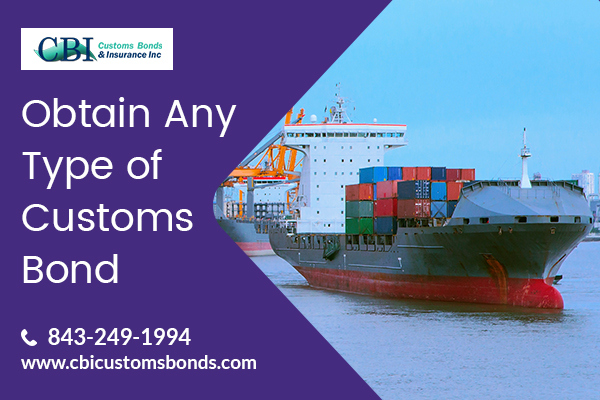Verification Process of the US Customs Bond
Crossing the borders, transporting goods
from one land to another can be a taxing task, no matter you are a veteran
doing this for so long or just a beginner. Since the departure and till the
arrival of your shipment at the intended site, the anticipation period can be
long and long, if it faces frequent bugs during the journey. It may be a
worrying subject for importers to think about logistics and safe completion of freight.
Errors in the U.S. Customs bond verification the process can be a big concern for importers.
Shipping through ocean vessels is all about
correct record, rules, and documents. Not a single cargo can be overlooked by
the vigilant officers of the US Customs and Border Protection (CBP) and technology
makes it easier. All cargos coming from foreign countries must have to undergo
strict checking and documentation procedure.
What makes it crack-able the customs bond that is mandatory for
commercial imports valued over $2,500. It
comes under the US import security policies. Bonds are the first step to patch
up the clearance.
Verification Process
Now, you might have a sound knowledge
regarding 301 customs bond and it’s
the right time cracks verification process. International traders often look for
professional assistance and they mostly consult with customs clearance agencies.
There are tens of brokerage firms available in the US that works on behalf of
their clients and help in obtaining details of each document and also educate
them about their crucial part.
After obtaining a continuous customs bond or any other
type of bond, the next step of brokers is to make it verified by the CBP. The
assigned officers at CBP take minimal time to determine whether the details of
bondholder have already there in their database. At this point, brokers need to
present the 9-digit Employer Identification Number (EIN) to CBP which was
issued to them by the Internal Revenue Service (IRS) of the United States. The
importer also needs to obtain a Tax Identification Number.
List
of Important Documents Required:
·
Purchase Order from Buyer
·
Commercial Invoice of supplier
·
Bill of Lading
·
Packing List
·
Federal Tax ID
·
Certificate of Origin
·
Power of Attorney
·
Customs Bond
·
Shipping Details and other
related documents.
When the federal government assigns
importer a specific tax identification number and when he possesses sufficient
bond, subsequently the broker can attempt to file a customs clearance
application.
Type of Customs Bond
There are normally two types of the bond
being enforced by the CBP for importing goods in its
territory. 301 customs bond are for
merchandisers who are expecting multiple shipments in a year through ocean ship. For
single shipment in a year, there is another type of bond which is referred to
as Single Entry Bond.
A broker with customs clearance expertise
and license can apply for continuous customs bond and help importers in
calculating the exact amount according to the volume of cargo.



Comments
Post a Comment